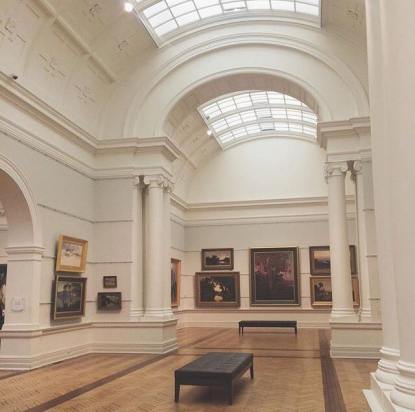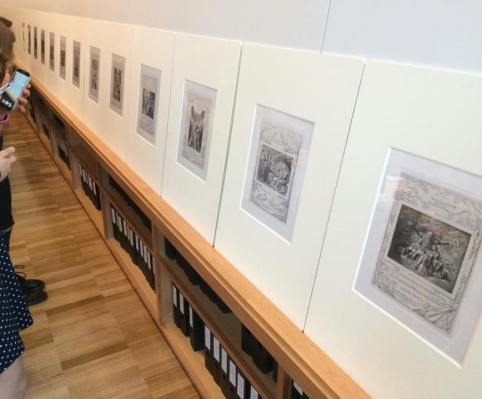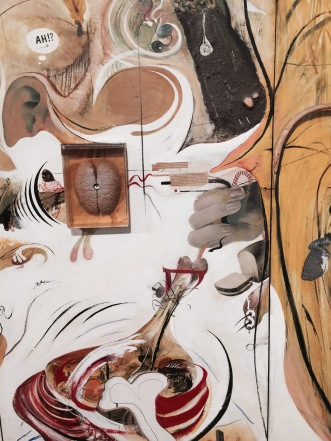How does the Visionary Imagination, as expressed through the work of William Blake, Patrick White, Brett Whiteley, David Malouf and others add an important dimension to human experience?
At least one point in our haphazard and overwhelmingly hectic lives, we need to step back and embrace what surrounds us, the lives that we’ve created for ourselves and our relationships with others and the wider world. Only when we sit back and take a breather are we able to truly appreciate the experience of being human. Through the works of William Blake, Patrick White, Brett Whiteley and David Malouf, we are given he opportunity to do so as each of these individuals have uniquely encapsulated their own grasp of the human experience.
William Blake, a poet notably regarded for his poems of reason and experience, has undoubtedly enlightened us all with his poetry and accompanied illustrations. I’ve been taught about the fundamental need for a balance of good and evil in order to push forward. I’ve also learnt that we need to view the world using a fourfold vision and I will forever keeping Blake’s aspiring quote from The Marriage of Heaven and Hell, “If the doors of perception were cleansed every thing would appear to man as it is, Infinite-” at heart. The quote definitely serves as a reminder that all of man are capable to do anything if we just view beyond that thin layer that separates us from understanding the divine that adds dimension to our human experience, and naivety.

Brett Whiteley, arguably the contemporary William Blake of our time, was a renowned artist that was also know for his invigorating style of art. His signature 18 panel artwork ‘Alchemy’ tells a story of Whiteley’s life from birth to prime time of his life to death (or I see it as a rebirth). He very much encapsulates Blake in his art by including Blake’s Grain of Sand, another very important message that Blake sends about appreciation of beauty in every molecule of life, even in a grain of sand. The most appealing part of Whiteley’s ‘Alchemy’ is the end where there is a strong sense of transformation and rejuvenation of life. After living through his fame and peak of his career, Whiteley in the end splatters a bold splash of white over a gold background, symbolising some sort of transmutation, maybe his, maybe representing mankind’s ability to change at the end of their time and understanding their true self.

Patrick White and David Malouf, two incredible Australian authors, share a mutual ground in being able to describe the feeling of isolation and prejudice between human to human. White’s ‘Riders of the Chariot‘ has four main character’s that through some sort of common human suffering and outcast, they’re able to be awoken by God and experience a prophetic dream of riding away into a promising future. Malouf’s ‘Remembering Babylon’ demonstrates the prejudice of Gemmy, a half-caste Indigenous-White man, by the community but as they spoke to him and were taught about things, they began to ignore his upbringing and appreciate him as a human being. Human experience is heightened by these novels through the likes of compassion, understanding and indifference.











